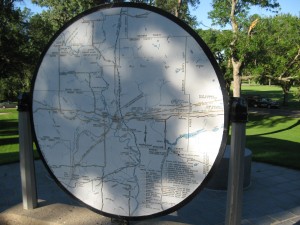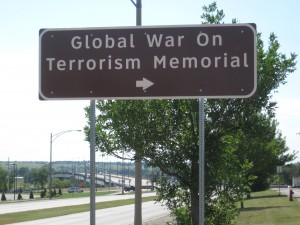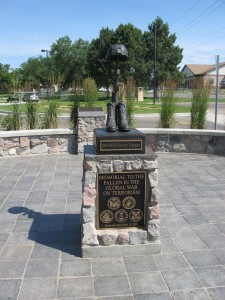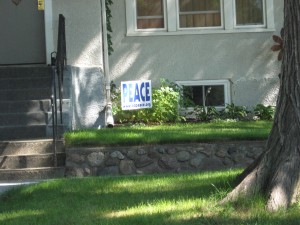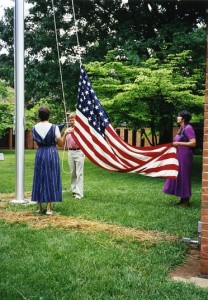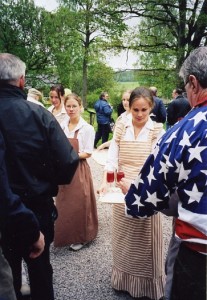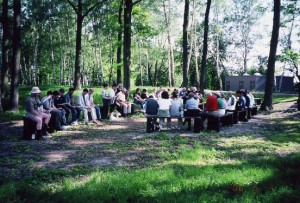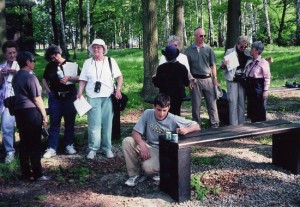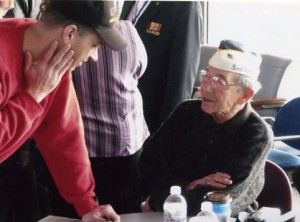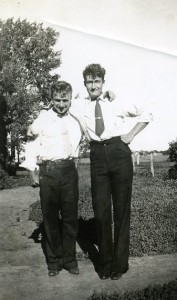#223 – Going to Afghanistan
Saturday we went to a surprise party for a close relative who’s going to Afghanistan for a one-year Army assignment. The relative, a very fine man, is an engineer in civilian life, and has 23 years in the military, including active duty in the Gulf War, and for a majority of his career, primarily in the Army Reserves. He joined the Army out of high school; the Army gave him a positive direction in life.
Even he does not know exactly where he will be posted, or exactly when he will leave. Or at least he is not free to say so. This is how security works.
His wife and two kids remain behind, and he will be on leave from his job as director of engineering for a city.
Saturday was a family and community day. I’m guessing there were 50 or more who dropped in during the day. It was a low key gathering.
Afghanistan.
It was the bombing of Afghanistan which began October 7, 2001, which brought me out into the peace movement. Nine years ago. I couldn’t see any good coming out of that action, even though the target was the mystery-to-soon-be-named-al Qaeda and Osama bin Laden, the terrorists who arguably unleashed 9-11; as well as the Taliban, who had harbored them.
I went to a small anti-bombing protest at the State Capitol at the end of that first week, not knowing anyone. My dominant memory of that event was and remains the angry people across the street who were brandishing U.S. flags almost like weapons and were trying to shout down the speakers for peace. That is where it began for me.
I didn’t know much about Afghanistan except it was a huge country, and it had outlasted numerous encroachments by outsiders, most recently the Russians, and earlier the English.
It was one thing to bomb Afghanistan; quite another thing to control it.
Back then, there was overwhelming support of the action to bomb Afghanistan. It was a public relations bonanza for the warriors in the then-administration. I have kept the newspaper clip Bombing of Afghanistan Oct 7 2001 which described the mood in the country at the time. It is a short article, worth re-reading, particularly in context with today.
Fast forward: after a relatively short engagement in Afghanistan, and with Osama bin Laden still at large, the U.S. focus went towards Iraq, a country not involved in 9-11, and not possessing the purported weapons of mass destruction. Millions of Iraqis were at minimum displaced from their homes; immense numbers killed simply for being Iraqis in Iraq. Iraq was declared a victory (it is easy to make such declarations), and in much more recent times the focus has turned back to Afghanistan.
There was virtually no talk about Afghanistan in that nice home last Saturday afternoon. People know that the military going there are at risk. Most likely also know that the conflict is militarily unwinnable but, at the same time, politically impossible to disengage from. It is a bit like being caught in a live trap. You are alive, but you aren’t free.
The “no talk” rule was in full force and effect on Saturday. It didn’t need to be posted at the door.
We wished our soldier well. He will do a great job at whatever he does. I suspect his parents are very worried, but they aren’t about to show that.
Best we can hope for is that the GI will come home safely.
And that some honorable way can be found out of what will most certainly be a quagmire for our country, long term.

